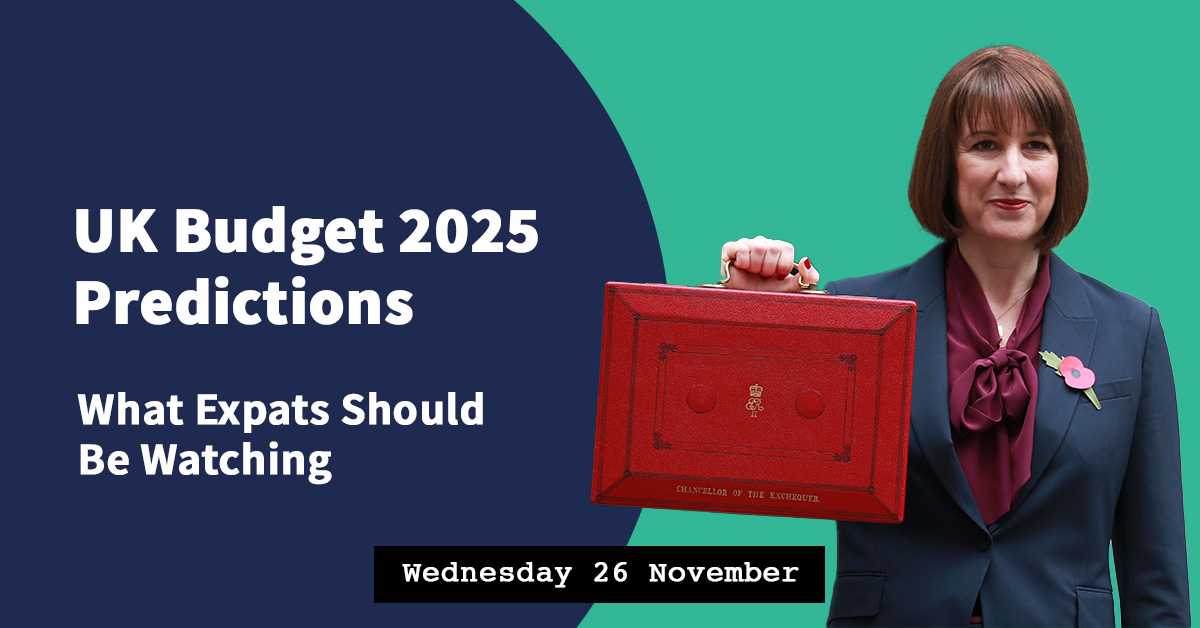If you are a member of a final salary pension scheme, you may have the option to transfer.
This is where the pension provider offers you a certain amount of money in exchange for giving up your guaranteed pension for life. This money won’t be in the form of cash, but something called the Cash Equivalent Transfer Value (CETV)This sum can be invested in a pension pot from which you can then draw an income from the age of 55. And with the new flexibility rules, this means you can essentially take as little or as much as you want when you want.
And pension transfers are quite a hot topic right now. In the current high inflationary environment – and with one of the worst cost of living crises in British history, compounded with an energy crisis, it comes as no surprise that people may be looking at their finances to find a way to cushion the economic blow.
What affects the value of a CETV?
There are a variety of factors which can influence the generosity of transfer values, and while some factors may point to lower values in future, others could lead to higher values for those prepared to wait.
Cash Equivalent Transfer Values (CETVS) are closely linked to the value of gilt yields, which in turn are influenced by changes in interest rates. Gilt yields are a major factor in the calculations that a scheme actuary will carry out to determine a CETV.
Gilt values are high when interest rates are low because the rate of interest they pay is likely to be higher than that paid by a bank deposit account, thus increasing demand. Conversely, when interest rates rise, gilt values are likely to fall,

Small changes in rates can cause quite significant swings in transfer values due to the effect of compounding.
| How it affects the CETV | |
|---|---|
|
Expectations of future interest rates |
Lower expected future interest rates will increase the CETV. Higher expected future rates will reduce the CETV. |
|
Expectations of future inflation |
Lower expected future inflation will reduce the CETV. Higher expected future inflation will increase the CETV. |
|
Scheme’s expectation on asset returns and members’ life expectancy |
Lower expected asset returns will increase the CETV. Higher expectations of life expectancy will increase the CETV. |
|
Historical inflation from the date of leaving the scheme |
Higher inflation since the date of leaving the scheme will increase the CETV. |
It is also important to note that pension schemes have discretion over how they set their transfer value and that there can be a large variation from one scheme to the next in the transfer value offered for an identical pension.
Each month XPS, a large UK pensions administrator, produces its Transfer Value Index.
The index is the estimated cash transfer value of a 64-year-old member with a pension of £10,000 a year with typical inflationary increases. The value changes over time with market movements.
Values were at £270,000 in December 2021 – a 33% drop in nine months.
XPS’s Transfer Activity Index also showed an annualised rate of 38 members per 100,000 were transferring pensions to another provider for the second month in succession, which continues the trend of lower volumes of transfers being paid in 2022.
Transfer values have now fallen by almost a third this year with their largest monthly fall in September.

What is likely to happen to CETVs in 2023?
The impact of rising interest rates on defined benefit transfer values is marked. With economists forecasting further interest rate rises in the UK in an attempt to tame inflation further drops in transfer values should be expected.
For people worried about interest rates increasing further and the impact of that on their UK pension values, you can get a cash equivalent transfer value which is valid for three months. This means from the date that you receive your transfer value you have three months to decide on a transfer. If in that time interest rates jump significantly you know that you will have locked in a transfer value that might have fallen subsequently. But members should be wary about rushing to transfer out their DB rights purely in an attempt to “time the market” for transfer values.
Seek regulated advice
Transferring a final salary pension is a big decision and an irreversible one, so it’s important to understand exactly what this means, and what the pros and cons for you might be. There are certain circumstances in which transferring can make sense, but getting professional pension advice is essential. You need to have a clear understanding of the risks of swapping safeguarded benefits for flexible ones.
A guaranteed income for life remains the gold standard for pensions. Forgoing this opens up the possibility that you’ll have less to live on than expected – and you could even run out of money altogether.
Let’s start the conversation
Online enquiry form
Related posts
 Published On: September 25, 2025|2.3 min read|
Published On: September 25, 2025|2.3 min read|Longevity and Wealth – Planning to Fund 100 Years of Life
Thanks to advances in medicine, better living standards, and lifestyle awareness, many of today’s expats could easily live well into their 90s—or even past 100. While that’s good news for health and family, it presents a major financial challenge: How do you ensure your wealth lasts as long as you do?
Read more
 Published On: September 3, 2025|2.2 min read|
Published On: September 3, 2025|2.2 min read|UK Budget 2025 Predictions – What Expats Should Be Watching
The Budget will take place on Wednesday 26 November, the chancellor has announced. With the UK shifting from a domicile-based to a residence-based tax system, the 2025 Budget is likely to bring further adjustments that expats need to watch closely.
Read more
 Published On: May 20, 2025|3.4 min read|
Published On: May 20, 2025|3.4 min read|Accessing Your Pension at 55? That’s About to Change
The UK government is set to raise the Normal Minimum Pension Age (NMPA) from 55 to 57, effective 6 April 2028. This change will impact when individuals can begin drawing from their private pensions, including personal and workplace defined contribution schemes.
Read more















